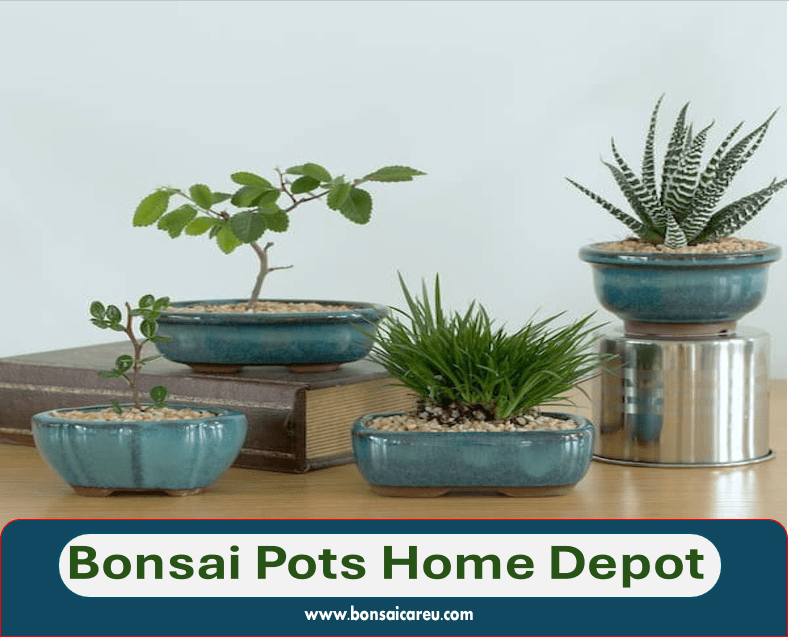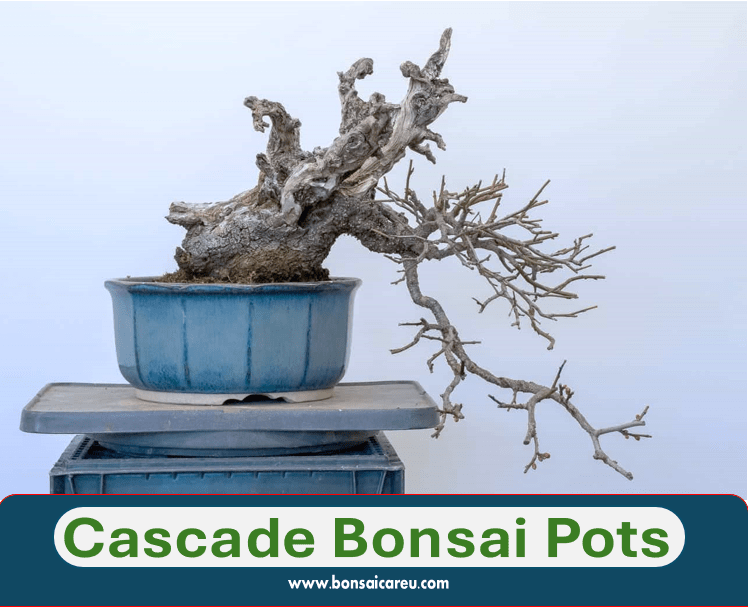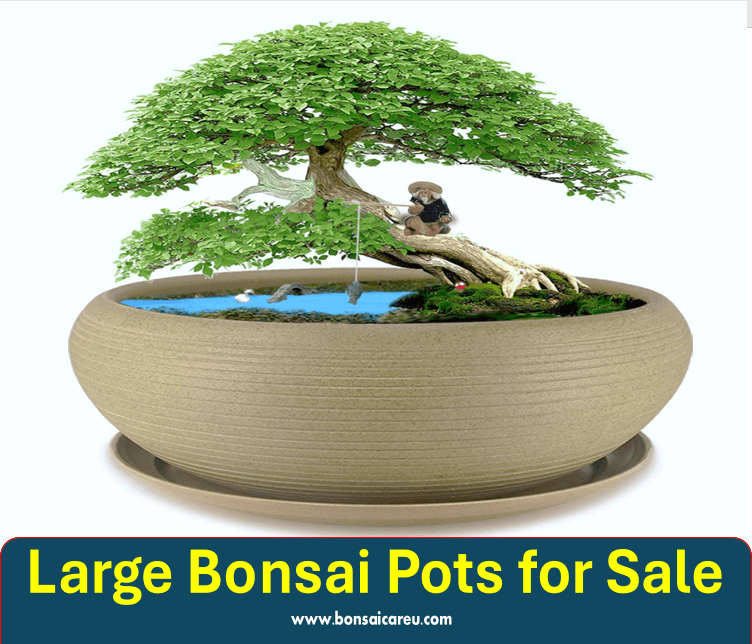How to Make Ceramic Bonsai Pots: To make ceramic bonsai pots, start by choosing the right clay, shaping it, and firing it in a kiln. Creating ceramic bonsai pots involves selecting suitable materials and crafting techniques to ensure durability and functionality for your bonsai tree.
Carefully constructing a ceramic pot that complements the aesthetics and growth needs of the bonsai is essential for its health and longevity. Various methods, such as hand-building or molding, can shape the pot to your desired specifications.
Proper firing techniques are also crucial to ensure the pot’s structural integrity and water retention capabilities. Following these steps, you can create unique and personalized ceramic bonsai pots for your prized trees.
Choosing The Right Clay
When it comes to making ceramic bonsai pots, choosing the right clay is crucial for creating functional and aesthetically pleasing pots. The type of clay used can affect the finished pot’s durability, texture, and appearance. This guide will explore the different types of clay suitable for bonsai pots and how to select the best clay for hand-building your unique creations.
Types Of Clay For Bonsai Pots
Several types of clay can be used to make bonsai pots, each with unique characteristics. The most common types of clay used for bonsai pots include earthenware, stoneware, and porcelain. Each type of clay has different properties that can affect the pot’s outcome.
Selecting The Best Clay For Handbuilding
When hand-building bonsai pots, selecting a clay well-suited for the specific design and functionality you want to achieve is important. Consider the following factors when selecting the best clay for hand-building:
- Plasticity: Choose clay with good plasticity, which allows you to easily shape and mold it into the desired form.
- Texture: Consider the texture of the clay, as it will influence the surface finish of the pot.
- Firing temperature: Determine the clay’s required firing temperature, as different clays have different firing ranges.
By carefully considering these factors, you can choose the best clay for hand-building bonsai pots that meet your specific design and functional requirements.
Preparing The Clay
Preparing the clay properly before creating ceramic bonsai pots is crucial. This process involves kneading and conditioning the clay to ensure workability and durability for the final product. Also, maintaining the clay’s moisture content is essential for successful pottery making.
Kneading And Conditioning The Clay
- Knead the clay thoroughly to remove air bubbles and achieve a consistent texture.
- Condition the clay by wedging it to improve its plasticity and remove imperfections.
- Proper kneading and conditioning produce a smooth and workable clay ready for shaping.
Ensuring Proper Moisture Content
- Check the clay’s moisture level to prevent cracking or warping during the drying and firing.
- Adjust the clay’s moisture content by adding water or drying it to achieve the desired consistency.
- Consistent moisture content ensures the clay is malleable for shaping and retains its structural integrity.
Paying attention to these steps in preparing the clay sets a solid foundation for creating beautiful and functional ceramic bonsai pots.
Constructing The Bonsai Pot
Creating a ceramic bonsai pot involves several steps to ensure a sturdy and aesthetically pleasing final product. The process includes building the base and walls and adding decorative elements like feet or rims.
Building The Base And Walls
When constructing the base of a ceramic bonsai pot, start by cutting the bottom and rim. Next, cut the sides and glue them together, ensuring a seamless connection. Smooth the surface for a polished look.
Adding Decorative Elements Like Feet Or Rims
- Prepare blocks for the feet and sculpt them according to your design.
- Once the feet are finished, carefully place them on the bottom of the pot.
- Consider adding rims to enhance the aesthetics of the pot.
By following these steps, you can create a unique and functional ceramic bonsai pot that complements the beauty of your bonsai tree.
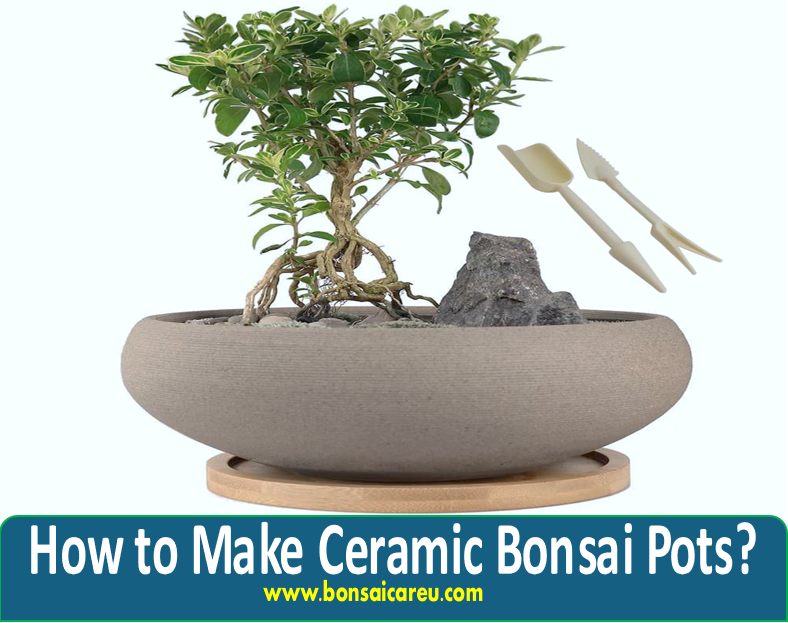
Refining The Pot
Learn the art of making ceramic bonsai pots by refining the pot technique. Create unique and personalized pots using clay, with step-by-step tutorials for beginners. Elevate your bonsai tree with hand-built, stoneware-burned pots that enhance its health and beauty.
Smoothing The Surface
The final stage in making a ceramic bonsai pot is refining the surface to ensure a professional, polished finish. This step involves meticulously smoothing the surface to remove imperfections and create a sleek, flawless appearance.
Checking Wall Thickness And Structural Integrity
Another crucial aspect of refining the pot is carefully checking the wall thickness and structural integrity. This involves assessing the uniformity of the pot’s walls and ensuring that it is structurally sound to support the bonsai tree.
After the pot’s initial construction, it is essential to meticulously smooth the surface to remove any imperfections and create a sleek, flawless appearance. The pot’s surface should be refined to ensure a professional and polished finish. This step is crucial in achieving an aesthetically pleasing ceramic bonsai pot.
Additionally, checking the wall thickness and structural integrity is essential. It involves assessing the uniformity of the pot’s walls and ensuring that it is structurally sound to support the bonsai tree. This careful examination guarantees that the pot is well-suited for its intended purpose.
Firing The Pot:
Bisque Firing Process
The ceramic bonsai pot is fired for the first time during the bisque firing process. This initial firing removes any remaining moisture from the clay, making it more durable.
Finishing The Pot In The Kiln
Once the bisque firing is complete, the pot is ready for glazing and final firing in the kiln. This firing process brings out the vibrant colors and finishes of the ceramic pot.
Adding Finishing Touches
When creating ceramic bonsai pots, adding finishing touches is essential to the overall aesthetic and functionality. The process involves carefully smoothing and shaping the clay, welding the bottom and sides, and adding unique features such as feet or intricate designs.
These final steps ensure the pots are visually appealing, durable, and suitable for housing bonsai trees.
Adding Finishing Touches After creating your ceramic bonsai pot, it’s time to add the finishing touches to make it truly unique and personalized. This section will cover glazing options and personalizing the pot with designs.
Glazing Options
Glazing your ceramic bonsai pot adds a layer of protection and enhances its beauty. Various glaze options include glossy, matte, or textured finishes. Choosing a glaze that complements the plant and the pot’s design while ensuring it’s safe for the plant is essential.
Personalizing The Pot With Designs
Adding designs to your ceramic bonsai pot is a great way to make it stand out. You can use techniques like etching, carving, or painting to create unique designs. You can use stencils or decals to create beautiful designs if you’re not confident in your artistic skills. Choosing designs that complement the plant and the pot’s overall look is important. In conclusion, adding finishing touches to your ceramic bonsai pot is an exciting and creative process. Choosing the right glaze and personalizing the pot with unique designs will make it stand out and add to the overall aesthetic of your bonsai plant.
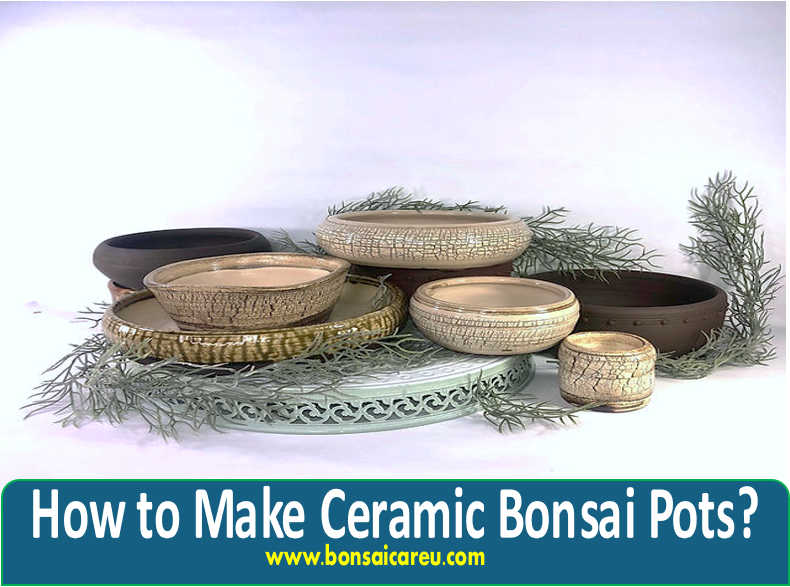
Frequently Asked Questions For How to Make Ceramic Bonsai Pots
Are Ceramic Pots Good For Bonsai?
Ceramic pots are excellent for bonsai trees as they are durable and retain moisture well.
What Kind Of Clay To Use For Bonsai Pots?
For bonsai pots, use stoneware clay that absorbs no water. Ceramic or porcelain pots are ideal for tree health.
Can I Make Ceramic Pots At Home?
Yes, you can make ceramic pots at home. It’s a fun activity for the whole family. You’ll need the right materials and equipment to start making ceramics.
What Is The Rule For Bonsai Pots?
The rule for bonsai pots is to use ceramic or porcelain stoneware pots that absorb no water. This is important for the health of the trees, so the pots should be chosen carefully.
Additionally, there are DIY tutorials available for making your bonsai pots.
What Are Ceramic Bonsai Pots?
Ceramic bonsai pots are classic pots made of ceramic or porcelain. They are stoneware burned to absorb and hold no water.
Why Are Ceramic Pots Good For Bonsai?
Ceramic pots are good for bonsai because they absorb less water, allow for better soil moisture control, and are durable and aesthetically pleasing.
Conclusion
Crafting ceramic bonsai pots unlocks a world of creativity and functionality. Following these techniques, you can create unique and durable pots that perfectly complement your bonsai trees. With the right materials and dedication, you can turn your passion for pottery into beautiful, handcrafted pots for your cherished bonsai trees.
